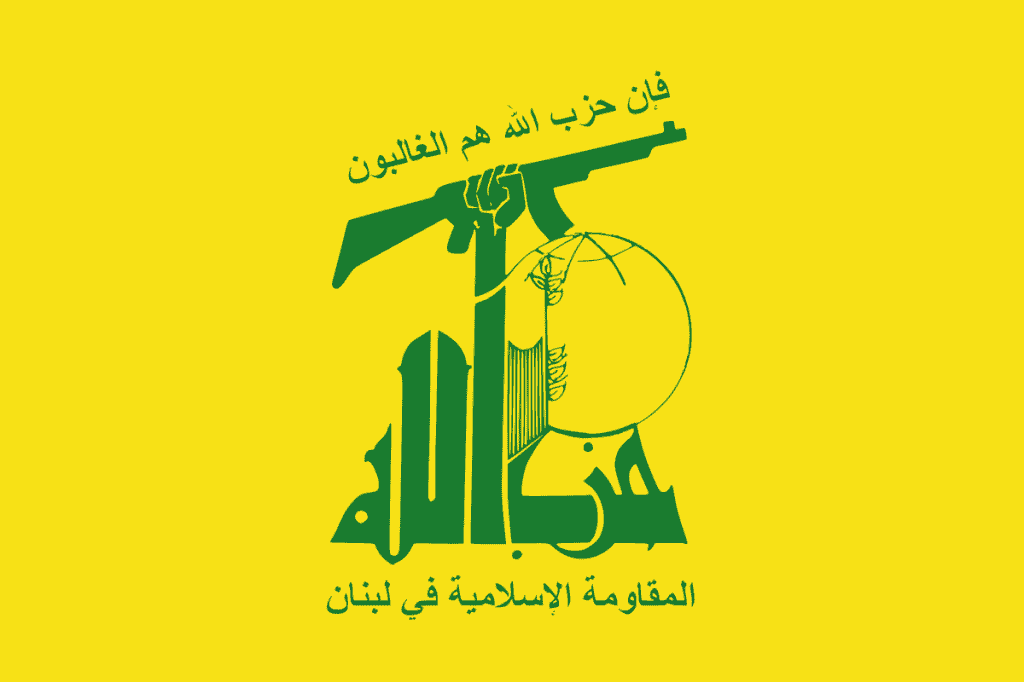
In what appears to be the most extensive breach of Hezbollah’s communication system by the State of Israel, pagers assigned to members of the Lebanese group exploded on September 17, injuring more than 2,500 people and causing an undetermined number of deaths. The attack injured Hezbollah members across Lebanon and Syria.
The affected pagers were recently shipped to Hezbollah and may have contained malware that caused them to heat up and explode, The Wall Street Journal reported.
Among those wounded was Iran’s ambassador to Lebanon, Mojtaba Amani, the Iranian semi-official Mehr News Agency posted on X.
Hours after the attack, Hezbollah issued a response blaming Israel for the event and vowed to respond against the Jewish State.
“After examining all the facts, current data, and available information about the sinful attack that took place this afternoon, we hold the Israeli enemy fully responsible for this criminal aggression […] This treacherous and criminal enemy will certainly receive his just punishment for this sinful aggression, whether he expects it or not, and God is witness to what we say,” said Hezbollah.
The Israeli government has not commented on the assault.
Hours before the attack, Israel’s Shin Bet intelligence agency published two key pieces of information that suggest Israel was behind the operation targeting Hezbollah.
The Shin Bet accused Hezbollah of orchestrating a plot to target a former senior Israeli official “in the coming days.” The Shin Bet said that it recovered a “Claymore-style anti-personnel mine” that was connected to a remote detonation system, cellular technology, and a camera, enabling Hezbollah to activate it from Lebanon.
Furthermore, the agency acknowledged that Hezbollah was behind an explosion in Yarkon Park on September 15, 2023.
These two details, published on the same day as a significant attack against Hezbollah and coupled with the ongoing war, make it difficult to conclude Israel was not behind the operation.
In Middle East wars, especially those between Israel and the Iran-led Axis of Resistance, messaging and symbolism routinely intertwine on the battlefield. In this case, Israel demonstrated that it could reach thousands of Hezbollah fighters in a matter of seconds and that it could do it without physically being present. Embarrassingly for Hezbollah, which is used to creating symbolic gestures and phrases to use against its foes, the pager has become a trending topic on social media, emerging as the weapon that maimed and injured its fighters.
Despite being a terrorist organization, Hezbollah is pragmatic and chooses its conflicts carefully. However, this does not mean the group does not make mistakes. Hezbollah has handcuffed itself to Hamas in Gaza and has effectively put Lebanon on the path of a regional war.
A significant Israeli assault that has potentially injured thousands of Hezbollah fighters is unlikely to go unanswered. Jerusalem, Washington DC, and Beirut will wait and see whether Hezbollah’s response will be measured or disproportionate.







